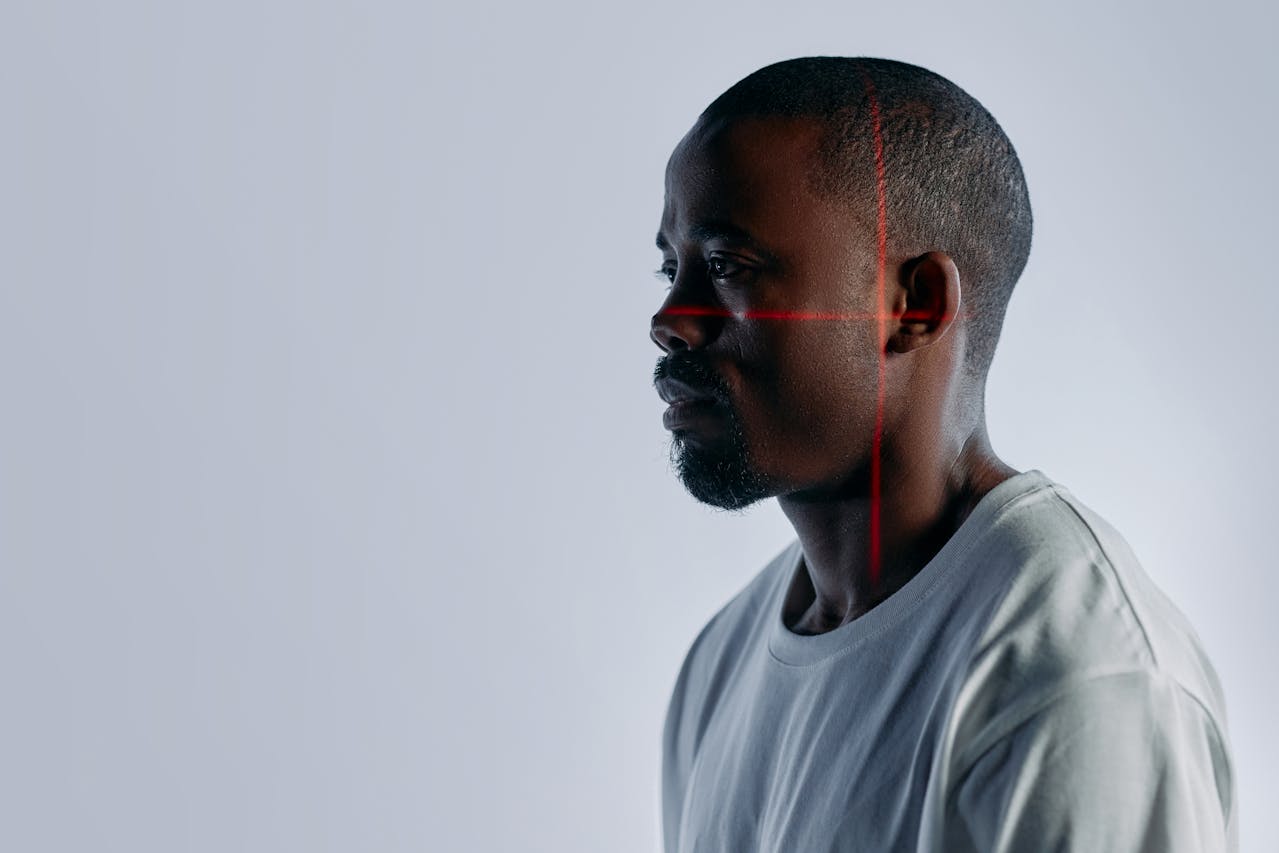3D facial recognition is changing security because it is more accurate and efficient than traditional 2D systems. 3D facial recognition includes the depth and unique features of each face, regardless of lighting and angle. Facial geometry is used with advanced algorithms in facial recognition applications such as financial security, and business security measures to increase public safety. This innovation addresses fundamental issues such as fraud and unauthorized access, and facial recognition is becoming an increasingly important part of identity verification.
How 3D Face Recognition Works
3D facial recognition works by creating a three-dimensional image of a person’s facial structure. Special sensors and cameras capture details such as facial features, depth, and angles to create detailed facial models. Unlike traditional 2D techniques, 3D facial recognition is more reliable because it can also account for changes in lighting or orientation. Advanced algorithms process this data, compare it with stored data, and achieve accurate facial recognition. This in-depth analysis increases security by detecting fraudulent activity such as masks or images, ensuring that only legitimate users can pass the verification process.
Also read: Why Are Adverse Media Alerts Crucial for Strengthening AML Compliance?
Applications of 3D Facial Recognition in Security
3D facial recognition technology is changing the face of security in many areas. Airports use it to speed up the verification process at boarding and border controls, thus increasing efficiency and security. Banks use it to secure transactions and account access. Corporate offices use it to restrict access to sensitive areas. Public safety agencies use it to instantly identify victims to prevent crime. It benefits retailers by improving the customer experience and preventing fraud. 3D facial recognition provides excellent security in many applications and enables integration into daily operations.
Benefits of 3D Face Recognition Technology
The advantages of 3D face recognition are far beyond traditional methods. It has a level of sensitivity not found in 2D systems, especially in low light and dynamic movements. It reduces adverse effects compared to 2D technology by detecting the depth and contrast of the face. It provides guaranteed protection, is ideal in terms of environmental hygiene, and thus relaxes the user. The powerful anti-forgery system prevents fraud using images or faces. As facial recognition technology has become an indispensable part of today’s security, it offers a secure, reliable, and cost-effective solution for businesses and organizations around the world.
Challenges in Adopting 3D Facial Recognition
The adoption of 3D facial recognition systems also brings its drawbacks. It becomes difficult for small to medium-sized businesses to implement due to the high costs involved. Personal data becomes a serious concern as these facial recognition systems collect highly personal information. Also, privacy compliance, such as GDPR, poses challenges. Another resource-consuming requirement is integrating 3D facial recognition systems with existing infrastructure. Technical challenges also involve ensuring accuracy in diverse populations, among others. Overcoming such challenges will demand investments in research, ethical practice, and technology providers collaborating with regulatory bodies in promoting the use of face recognition safely and responsibly.
Future of 3D Facial Recognition in Security
3D facial recognition technology has a bright future in security as it continues to evolve to fill existing gaps. The ability to recognize facial patterns and adapt to new threats will be enhanced by combining it with artificial intelligence. Better sensors and cameras will enable clearer facial recognition, even in crowded or poorly lit areas. Explore blockchain technology to ensure data integrity and secure storage of facial recognition data. As the demand for contactless, high-quality personal identification increases, 3D facial recognition will find its place in security solutions from healthcare to cities.
Wrapping It Up
3D facial recognition is leading the way for new security innovations because it provides consistency, reliability, and convenience. 3D facial recognition is suitable for personal identification in the industry because it can capture depth and facial features. These technologies provide the best protection for fraud prevention and public safety in a digital-first world. While cost and privacy are other challenges, innovations are expected to make 3D facial recognition easier and more secure. As these technologies evolve in the future, they will redefine how businesses and organizations approach security, paving the way for a safer and more efficient future.







